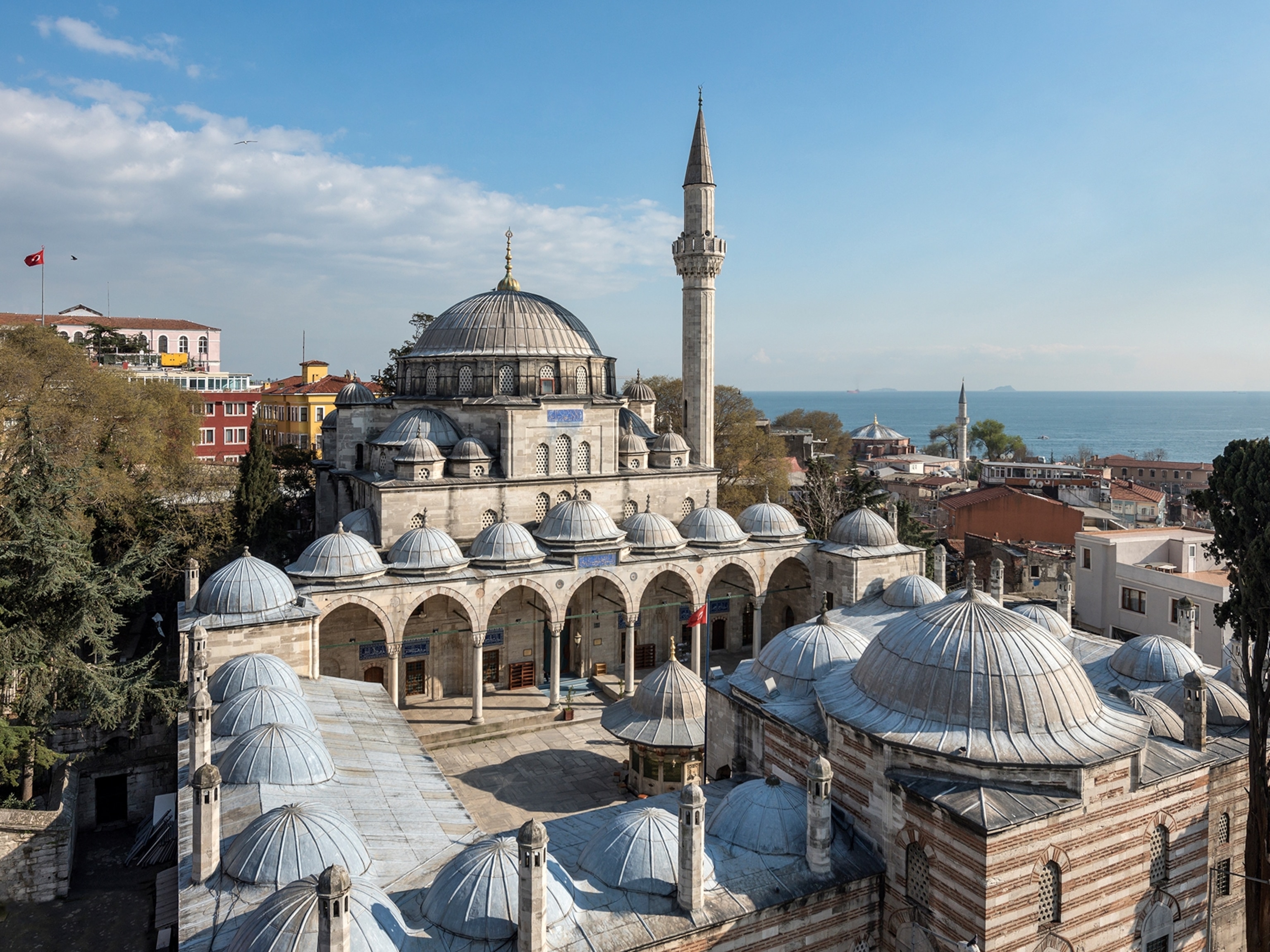
Decoding Your Codes
Learn the rules behind oft-confusing airport codes—and see which codes you can match with their cities.
You can buy a ticket to NBA or NFL, but you won’t get to a sporting event. For that matter, a trip to HEL may not meet expectations, either. Those are airport codes, three-letter designations unique to each airfield, governed by the International Air Transport Association. The codes define itineraries for airline tickets and route baggage to destinations. IATA wants the codes to reflect the first three letters of the city name, if possible. That creates some intriguing baggage tags. BUD (Budapest) has nothing to do with beer. DOH (Doha, Qatar) has nothing to do with The Simpsons. POT, though, seems somehow appropriate for an airport in Jamaica.

There are plenty of exceptions that seemingly have nothing to do at all with city names. Most travelers know Chicago’s O’Hare International Airport is ORD, but why? The site was originally Old Orchard Field and the code never changed, IATA says. Orlando International, originally McCoy Air Force Base, can’t change from MCO to ORL because that’s taken by Orlando’s Executive Airport. OIA might make sense for Orlando International Airport, but the name and location are too close to MIA—Miami. Airports within 200 nautical miles of each other have to be more than one letter different under a Federal Aviation Administration rule.
Some airports started with a two-letter code in the early days and when IATA upped it to three, airports added an X to the end: LAX, PHX, PDX.
My personal favorite: CIA (Ciampino, Italy). Kinda cool when your bag is tagged CIA.
- National Geographic Expeditions





